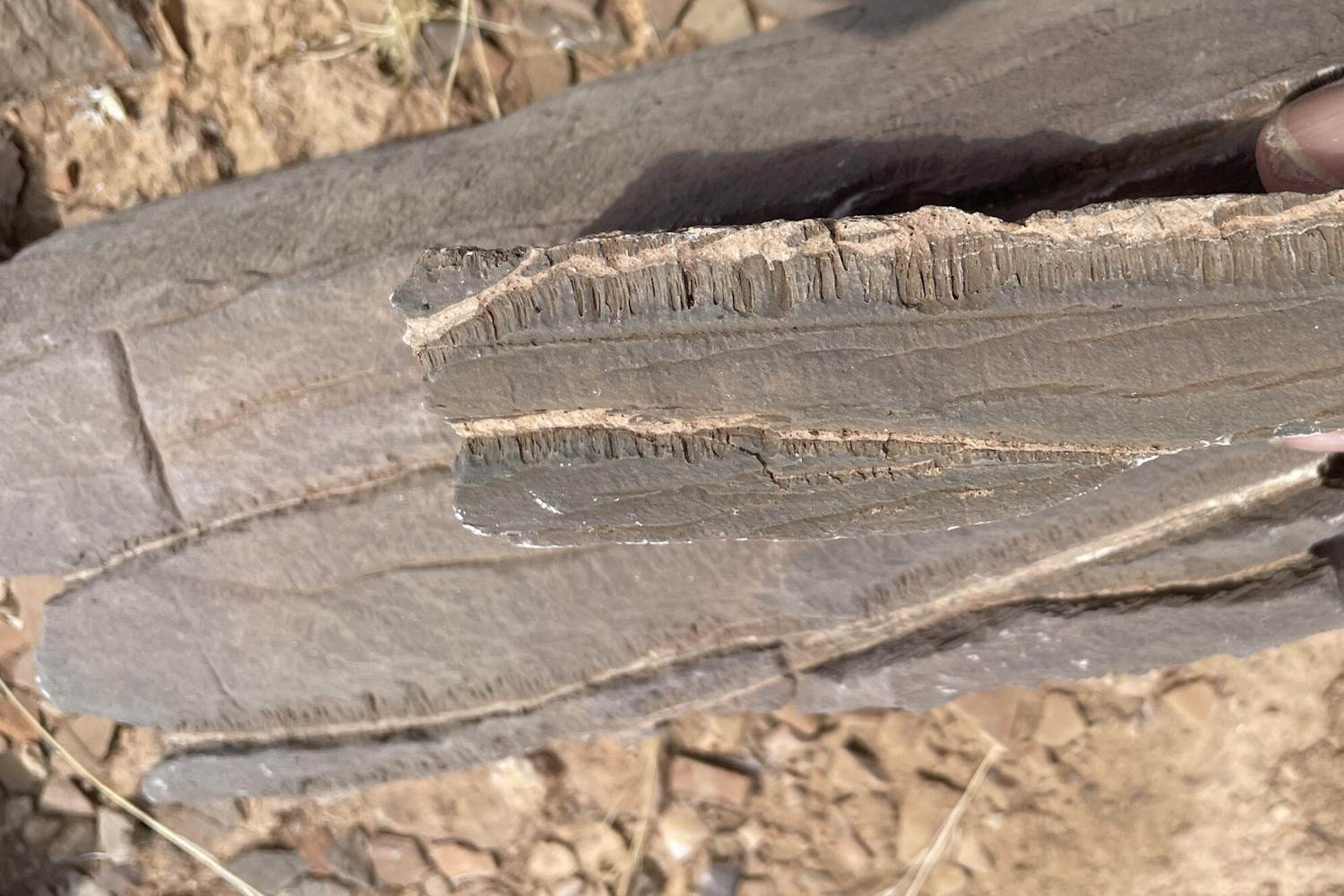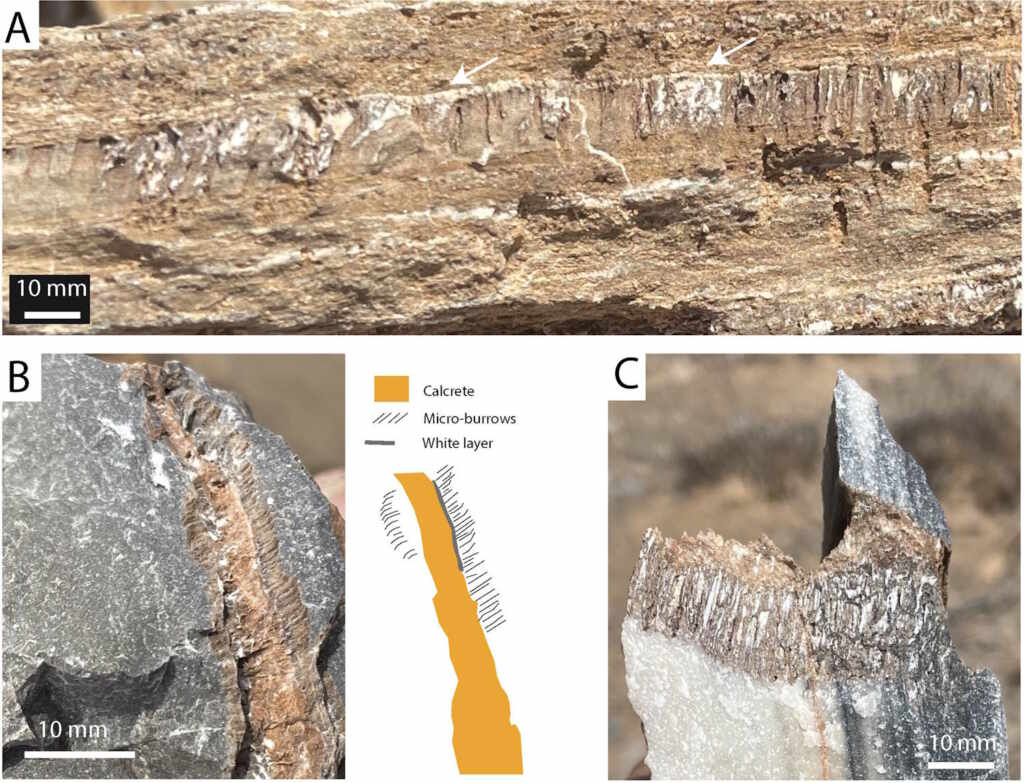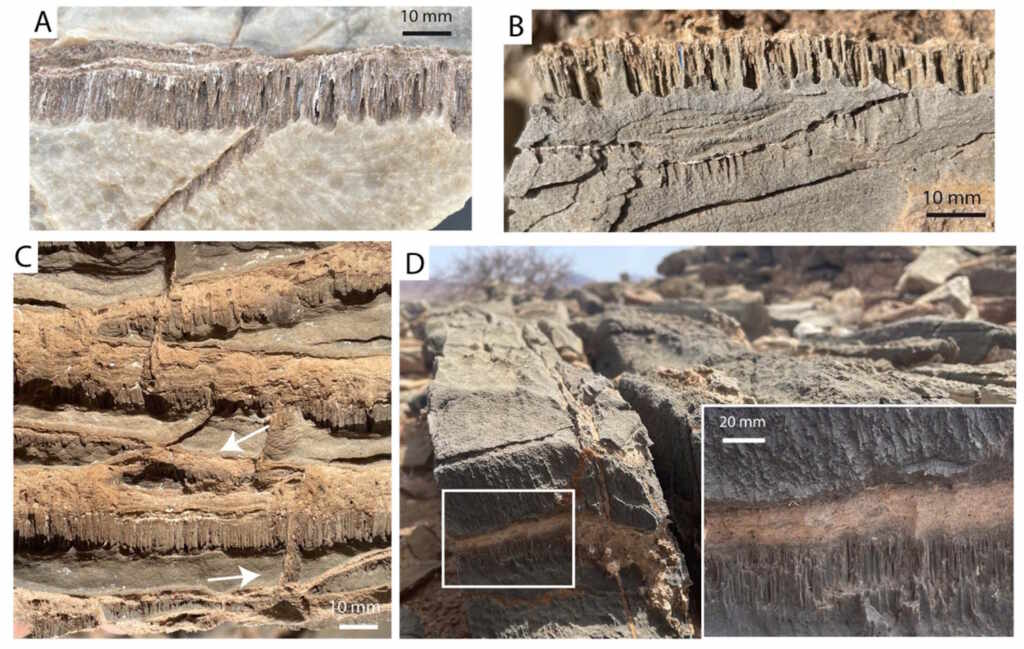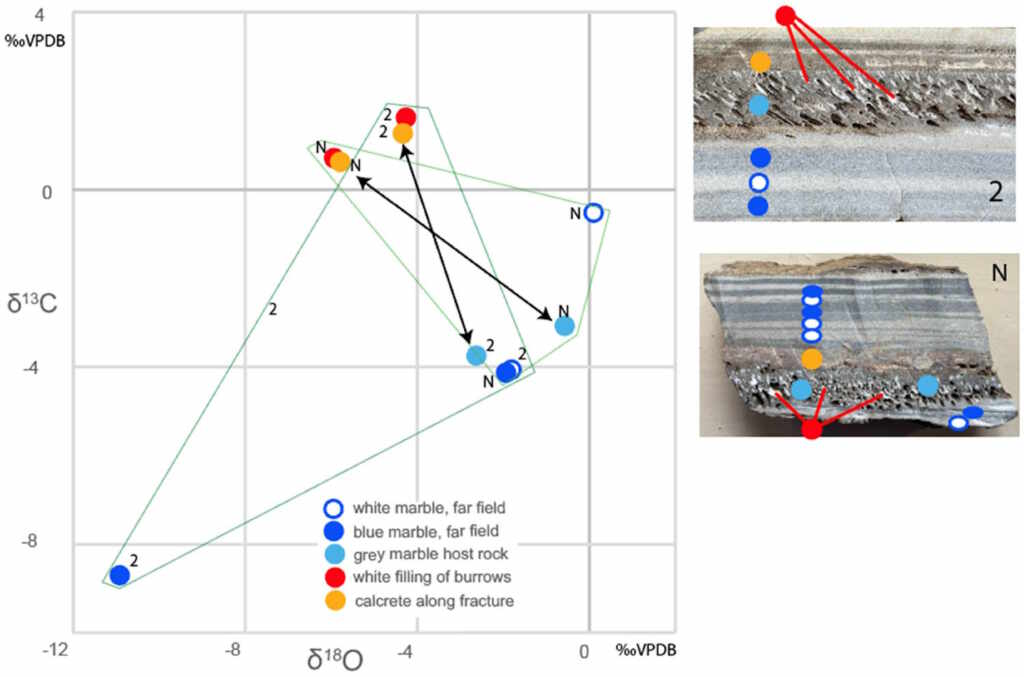Nature and history never cease to amaze: a research group led by the Johannes Gutenberg University (Germany) has found unusual structures in the desert areas of Namibia, Oman and Saudi Arabia, probably due to the activity of an unknown microbiological life form. The mystery deepens

©Cees Passchier/Geomicrobiology Journal
A new puzzle has emerged in the world of paleontology: researchers have discovered unusual structures in the desert regions of Namibia, Oman, and Saudi Arabia that may have been formed by an unknown microbial life form. The international team, led by Johannes Gutenberg University in Germany, uncovered what appear to be tiny vertical tunnels etched deep into marble and limestone formations.
These narrow tubes, running parallel to one another, stretch vertically through solid rock—a configuration that defies standard geological explanations.
We were surprised because these tubes are clearly not the result of a geological process
Lead author Cees Passchier explained,
“During further examination of the samples, we found evidence of biological material. Apparently, microorganisms had bored through the rock. At the moment, we don’t know whether this is an extinct life form or one still living somewhere.”

©Geomicrobiology Journal
The research team has been conducting geological fieldwork in Namibia for the past 25 years, with a particular focus on reconstructing the ancient terrain of the Precambrian era.
“We study rock structures to understand how continents came together to form the supercontinent Gondwana 500–600 million years ago. At that time,” the team notes, “carbonate deposits were forming in ancient oceans and were later transformed into marble through pressure and heat. We noticed strange structures in this marble that didn’t result from geological events.”
Instead of the smooth erosion surfaces typical of natural rock formations, scientists found half-millimeter-wide tubes extending up to 1.2 inches long, running parallel in formations as long as 33 feet, with crusts of limestone forming at the edges.
The first observations of this kind in Namibia were made 15 years ago and the researchers now believe these structures were created by microorganisms, though more investigation is needed to confirm the theory.
Importantly, the tubes weren’t hollow—they were filled with a fine powder made of pure calcium carbonate. Microbes may have tunneled into the rock to access nutrients found in the calcium carbonate, which is the primary component of both marble (in Saudi Arabia) and limestone (in Oman).

©Geomicrobiology Journal
“These are ancient structures, possibly one or two million years old. “We assume they formed in a slightly more humid climate,” the scientists explain, “not in the dry desert climate that dominates today.”
But the organism responsible for these formations remains unidentified. No DNA or proteins have been recovered to provide further clues—only remnants of biological material, offering no clear answers about whether the life form is extinct or still active somewhere on Earth.
The organism was probably able to survive without light, because the tubes formed deep inside the rock.

©Geomicrobiology Journal
